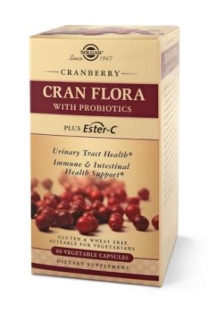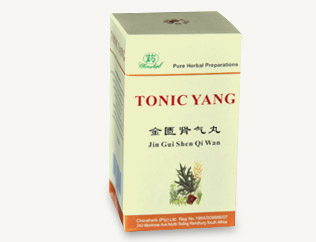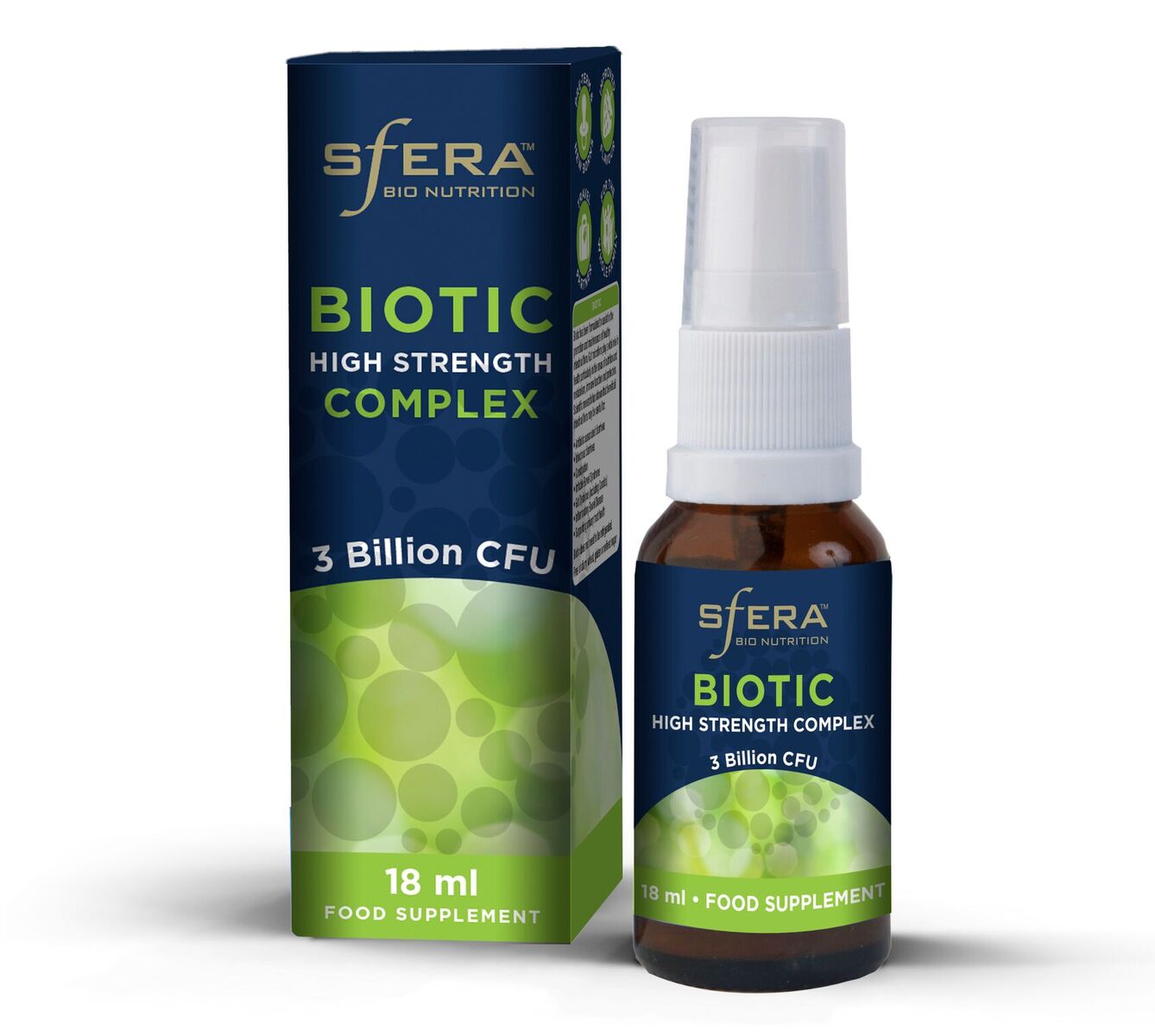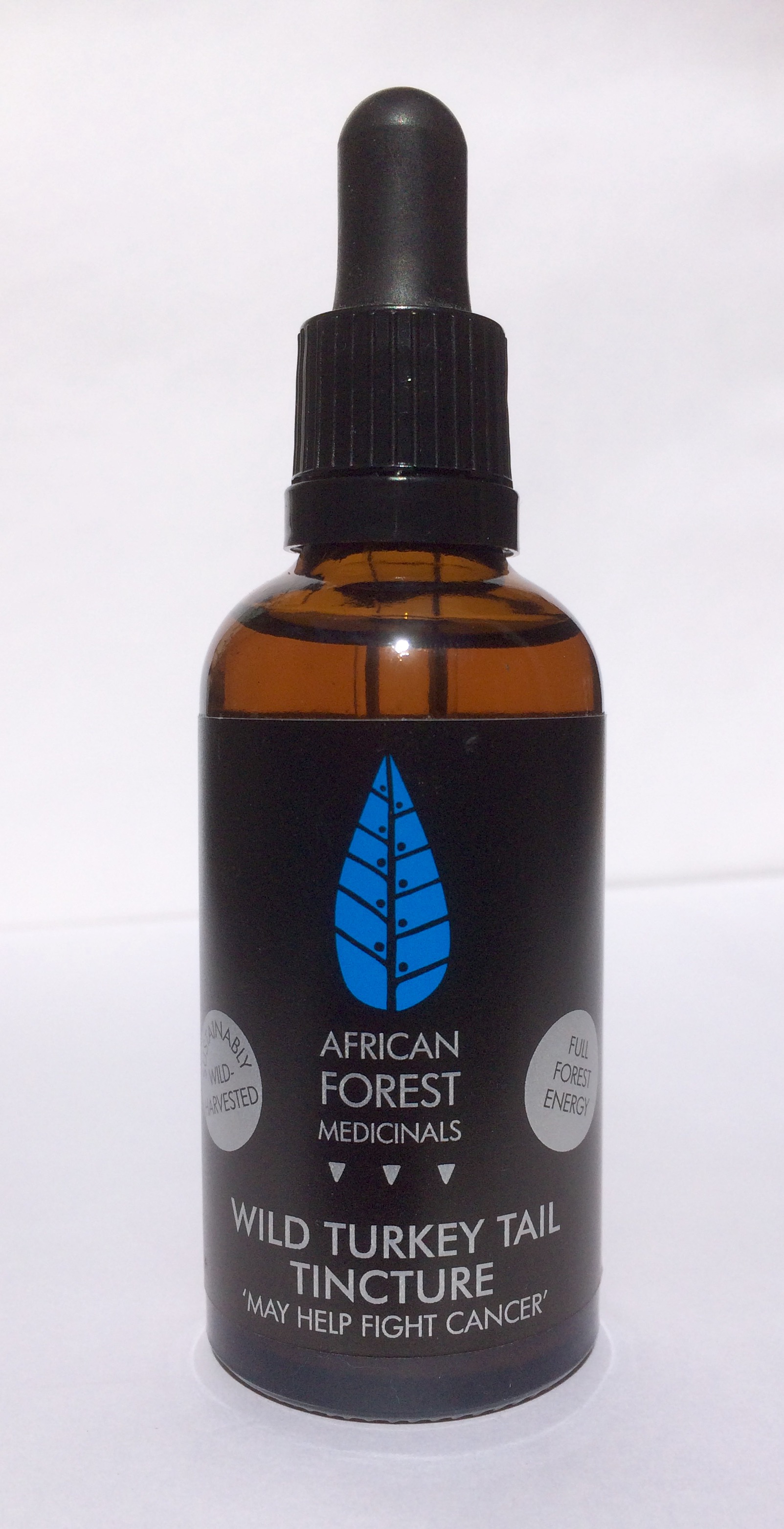
NeoGenesis Health Vitamin B12 Energy Patch
The Transdermal delivery and release system provides a highly efficient, safe, and easy to use method for delivering active ingredients and other compounds to the body through intact skin, thereby offering many other advantages over the traditional dosage forms.
Methylcobalamin
The best form of vitamin B12 to supplement with is called methylcobalamin. This is the form that exists in nature, and it is pre-methylated, meaning it’s ready for your biochemistry to put to immediate use.
TAKING VITAMIN B12 AS AN ORAL DOSE IS LARGELY A WASTE OF MONEY, EVEN IF IT’S METHYLCOBALAMIN
As explained by Ed Sharpe: “The coenzyme form of vitamin B12 is known as methylcobalamin or methyl B12. It’s the only form of vitamin B12 which can directly participate in homocysteine metabolism.
In addition, converting homocysteine to methionine via methyl B12 generates an increased supply of SAMe (S-adenosyl methionine), the body’s most important methyl donor.”
Taking vitamin B12 as an oral dose is largely a waste of money, even if it’s the methylcobalamin form. As much as 99% of the B12 you swallow is not even absorbed – it just passes through your body. There is a whole range of digestive complexities that affect B12 absorption, and since most people these days have at least some degree of digestive imbalance, the oral route is mostly ineffective in correcting B12 deficiency.
There are only three effective routes of vitamin B12 administration: by injection; sublingually (dissolved under the tongue); and transdermally
Sublingual absorption is a viable route that also bypasses the challenges of the digestive tract. However, many of the sublingual B12 products also contain cyanocobalamin. The other challenge with the sublingual route is that once again all the vitamin B12 contained in the tablet is delivered to the bloodstream at once, which results in a large portion of the dose being eliminated by the body.
Remember, 1000mcg of vitamin B12 is not usually found in foods, so the body is not able to utilize this large amount of B12 in one dose. To effectively correct vitamin B12 deficiency, the body needs a constant supply of smaller quantities of B12 over several hours.
EACH PATCH DELIVERS 1000 MCG OF METHYLCOBALAMIN IN A STEADY TIME-RELEASE DOSE OVER A 24-HOUR PERIOD
Vitamin B12 injections obviously require injections from a trained medical professional, so few people pursue this route. The injections usually also contain cheap, synthetic cyanocobalamin.
Our revolutionary vitamin B12 patches, utilizing the latest in transdermal technology, addresses vitamin B12 deficiency by supplying 1000mcg methylcobalamin over a period of 24 hours through the skin, thereby ensuring optimal absorption and utilization of this essential nutrient.
Vitamin B12 Deficiency – Who are at risk?
One of the pitfalls of pursuing a healthy diet is that we are sometimes blind to nutrients we may be missing. Perhaps the most significant nutrient that we are at risk of becoming deficient in as a result of a healthy diet is vitamin B12. This essential nutrient plays a crucial role in nerve health and the production of red blood cells that carry oxygen throughout the body.
Vitamin B12 deficiency is especially common among vegetarians and vegans, but it’s also surprisingly common in meat eaters too. Why? Because vitamin B12 can only be absorbed in the small intestine, and due to common intestinal ailments, even many meat eaters who consume high levels of B12 are unable to absorb it. Research has shown that most people have some degree of digestive imbalance, which will lead to poor nutrient absorption, and nutrients that are difficult to absorb are most likely to be severely lacking.
This leads to a series of seemingly “mystery” health symptoms that actually have a simple common cause: vitamin B12 deficiency!
Symptoms of B-12 deficiency is shockingly widespread. Studies now show that up to 40% of the population may be clinically deficient in vitamin B12.
Here are some of the most common symptoms of deficiency:
> Chest pain or shortness of breath
> Fatigue or unexplained weakness
> Dizziness, trouble with balance and fainting
> Palpitations
> Confusion, memory loss or dementia
> Coldness, numbness or tingling in the hands and feet
> Slow reflexes or diminished nervous system function
> Pale skin or yellowing of the skin
> Sore mouth and tongue
> High Homocysteine
> and also: sore muscles, headaches, nausea, heartburn, abdominal bloating, urinary or fecal incontinence, erectile dysfunction, apathy,depression, irritability, paranoia, hallucinations, psychosis, changes in personality and difficulty with balance and walking, In addition, vitamin B12 deficiency can actually cause brain shrinkage, according to a University of Oxford study. Although more work needs to be done, research is already suggesting a link between vitamin B12 deficiency and Alzheimer’s.
Vegans and vegetarians are prone to vitamin B12 deficiency, because typical vitamin B12 sources (meats, yogurt, etc.) are simply not present in their diets. But even meat eaters can be deficient in B12 due to poor digestion. This is especially true for older people who suffer a diminished ability to absorb nutrients in their small intestine. In addition, many chronic medicines, such as diabetes drugs and even pain pills can interfere with B12 absorption, and intestinal parasites can also strongly block its absorption in the gut. Flora imbalance in the digestive tract can also impact negatively on vitamin B12 levels.
Why you should be concerned about your
B12 status?
Vitamin B12 is a vital nutrient to the overall function of the body. It has several essential functions including:
> Production and maturation of red blood cells to allow adequate energy production.
> Production of the insulating fat layer around nerves.
> Protection from neurodegenerative conditions such as Parkinson’s, dementia and depression.
> Increased production of dopamine, needed for adequate motivation and intestinal function.
> Breakdown and clearance of hormones.
> Proper DNA and RNA replication to promote enhanced healing, recovery and growth.
Are you at risk for a B12 Deficiency?
Here are just a few of the common reasons why you might be deficient in B12:
> Medications such as glucose regulating drugs and hormone replacement therapy, especially estrogen, interfere with B12 absorption.
> Antacids reduce the acid in the stomach needed to absorb B12.
> Low protein diets decrease the amount of B12 available.
> Altered intestinal function from a non-Paleo diet, grain consumption, stress or intestinal infections.
> Alcohol increases the excretion of B12 and its cofactors.
Aging results in a decreased ability to produce the necessary constituents such as hydrochloric acid and intrinsic factor needed for B12 uptake.
> Reduced absorption can also be related to immune reactions against the cells of the stomach that release intrinsic factor, which plays an integral role in B12 absorption, a condition known as pernicious anemia.
> Stress inhibits gastric activity and efficient assimilation of nutrients.
> Correct form: It contains methylcobalamin (1000mcg per patch)
> Correct route: It delivers vitamin B12 through the skin, using a small medical-grade patch placed behind the ear.
> Correct dose: Each patch delivers 1000 mcg of methylcobalamin in a steady time-release dose over a 24- hour period.
> Synergism: In addition to methylcobalamin, each patch also delivers 400mcg of Folic Acid, which is widely known to work synergistically with methylcobalamin for heart and nervous system health.
> Contains no toxic cyanide











